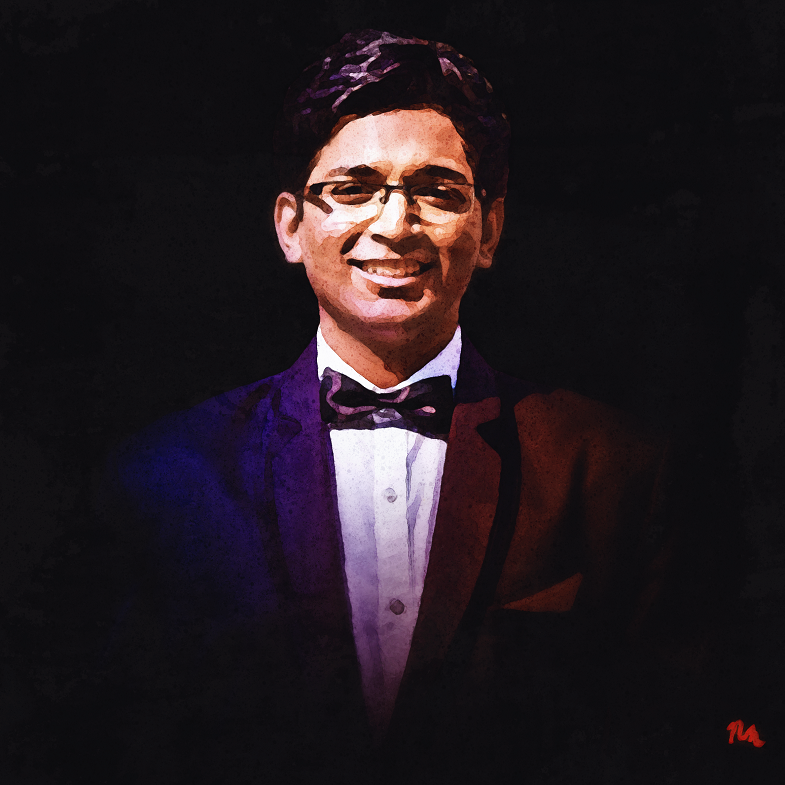Neil Mascarenhas
@northeastern.edu
Student
Northeastern University
RESEARCH INTERESTS
Machine Learning, Artificial Intelligence
Scopus Publications
Scopus Publications
Neil Mascarenhas, Robert Ryu, and Riad Salem
Georg Thieme Verlag KG
Hepatic abscess is a rare complication of yttrium-90 radioembolization of hepatic tumors that most commonly occurs in patients with a history of biliary intervention. Patients usually present several weeks after therapy with pain, nausea, vomiting, and fever. Cross-sectional imaging is necessary in cases of suspected abscess to ensure prompt diagnosis and to help plan treatment, which involves antibiotics and percutaneous drainage.
Neil B. Mascarenhas, Mary F. Mulcahy, Robert J. Lewandowski, Riad Salem, and Robert K. Ryu
Springer Science and Business Media LLC
Infectious complications after yttrium-90 (y-90) radioembolization of hepatic tumors are rare. Most reports describe hepatic abscesses as complications of other locoregional therapies, such as transcatheter arterial embolization or chemoembolization. These usually occur in patients with a history of biliary intervention and present several weeks after treatment. We report a case of hepatic abscess formed immediately after y-90 radioembolization of a hepatic metastasis in a patient who had no history of previous biliary instrumentation.
Neil B. Mascarenhas, Raja Muthupillai, Benjamin Cheong, Mercedes Pereyra, and Scott D. Flamm
American Roentgen Ray Society
OBJECTIVE
This study compares single breath-hold 3D cine steady-state free precession (SSFP) MRI using sensitivity encoding (SENSE) with standard 2D cine SSFP imaging in the quantitative evaluation of global left ventricular (LV) function.
MATERIALS AND METHODS
The LV function of 22 healthy volunteers and 15 patients was evaluated using a standard 2D SSFP sequence and a 3D SSFP sequence with SENSE at 1.5 T. Ventricular volume, ejection fraction, and LV mass were calculated with each method, and signal-to-noise ratios (SNRs) and myocardium-to-blood contrast-to-noise ratios (CNRs) were measured. Agreement between the two methods was assessed using Bland-Altman analysis, and results were compared using a paired Student's t test (p < 0.05). The local institutional review board approved the study protocol, and all participants gave signed informed consent. The study complied with the Health Insurance Portability and Accountability Act.
RESULTS
Both techniques produced similar estimates of ejection fraction (mean bias +/- SD, -1.2% +/- 3.6%) and LV mass (mean bias, +/- SD-1.2 +/- 10.9 g). No significant differences were found in calculated volumes, ejection fraction, or LV mass between the two methods. Acquisition time was reduced by 82%, to a single breath-hold (18 +/- 3 seconds), with the 3D SSFP technique. SNR and CNR were significantly lower with the 3D method than with the standard method.
CONCLUSION
Three-dimensional SSFP imaging with SENSE can reduce acquisition time to a single breath-hold and can provide LV function quantification comparable to that obtained with conventional 2D SSFP imaging.
Neil B. Mascarenhas, Dorothy Lam, Garrett R. Lynch, and Ronald E. Fisher
Ovid Technologies (Wolters Kluwer Health)
We report the case of a 69-year-old man who was suspected to have lung cancer with a single metastasis to the brain. Initial workup for neurologic and pulmonary symptoms demonstrated a ring-enhancing lesion in his right frontal lobe on MRI and a lung mass on CT. An F-18 fluorodeoxyglucose positron emission tomography (FDG PET) scan demonstrated marked glucose hypermetabolism in the lung and brain lesions with maximal standard uptake values (SUV) in both lesions of approximately 11. Biopsy of the brain mass revealed an abscess and cultures grew Nocardia. He was treated for nocardiosis, and a repeat CT of the chest in 2 months and MRI of the brain in 5 months showed nearly complete resolution of the lesions. Currently, there are few reported cases of PET evaluation of brain abscesses, particularly Nocardia. We discuss the appearance of brain infections on FDG PET scans in immunocompetent and immunocompromised patients.

